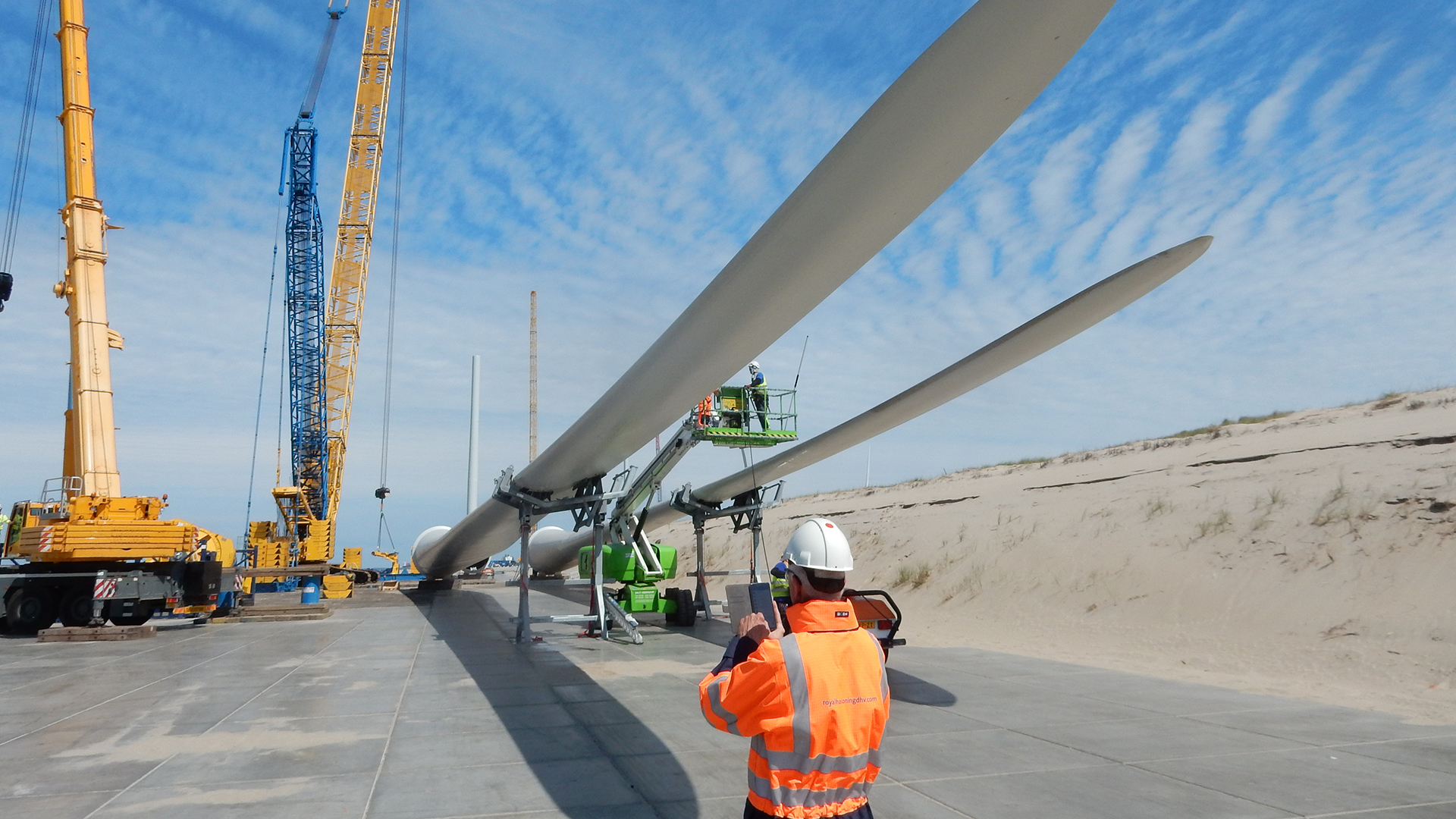Green energy creates sustainable ports
Understand energy use and generation to build the smart ports of tomorrow

Natural disasters are increasing in frequency as climate change worsens. To slow the acceleration of these climate hazards, we need to reduce carbon emissions from our ports.
Replacing oil and natural gas with renewable alternatives will help make our ports greener and smarter. But it’s not as simple as taking the same approach to every port. We need to find the right solution for each specific port to make sustainable change environmentally and economically viable.
Replacing oil and natural gas with renewable alternatives will help make our ports greener and smarter. But it’s not as simple as taking the same approach to every port. We need to find the right solution for each specific port to make sustainable change environmentally and economically viable.
A nuanced approach to change
Right now, the world’s ports and marine infrastructure are undergoing a period of change. Environmental awareness is growing among port operators and wider society. Legislation for renewable practices is continually evolving – and it’s vital you increase your sustainability to stay compliant.But an increased focus on climate change isn’t the only thing putting pressure on port operations. Budgets are tight, and you need to ensure any investments you make are economically worthwhile.
For example, one key step towards making a port greener is switching from oil and natural gas to renewable energy. But this means electrification – which is not always straightforward – and taking an approach that’s most appropriate to your port’s specific needs is essential.
Which energy solution is right?
To make sure you’re taking the right approach to introducing more sustainable energy practices at your port, you need to understand your port’s big picture.Having an awareness of your current energy use, energy storage, and renewable power generation will show you which areas of the process you can change most easily – and which will have the most impact.
Because all ports are different, there’s no one-size-fits-all solution. But broadly, the most sustainable ports could consider the following three steps:
1. Electrification
Electrification of your port’s infrastructure will help you shift more of your energy usage to renewables. It will also help to increase your operational efficiency by reducing costs – and help you keep up with climate legislation as it comes in.2. Large-scale renewable energy generation
Ports hold a great opportunity for renewable energy generation on a massive scale. Harnessing their access to the elements provides the opportunity to generate wind and solar energy to use both within and outside the site.3. Hydrogen and hydrogen-based fuels
Hydrogen is an energy carrier that allows you to store energy on a larger scale and for longer periods (compared to electrical storage). Traditionally generated from fossil fuels, hydrogen is a vital resource for industries.But green hydrogen can be produced from renewable electricity. Ports can help in this transition by generating large scale renewable energy for hydrogen production and using hydrogen as an energy carrier – especially for mobile applications – as alternative for electrification.
In cases where hydrogen cannot be used directly, hydrogen based fuels such as methanol could be an option to consider.

International legislation and requirements around emissions in ports will only increase. Changing how the sector approaches energy is going to be a key challenge.
Benefit from your greener port
With the climate crisis increasing its hold on our environment, international legislation and requirements around emissions in ports will only increase. Changing how the sector approaches energy is going to be a key challenge.At Royal HaskoningDHV, we have the expertise and experience to help you understand your port’s individual requirements. And we can help you put together an economically and environmentally feasible plan to turn your port into a smart port.